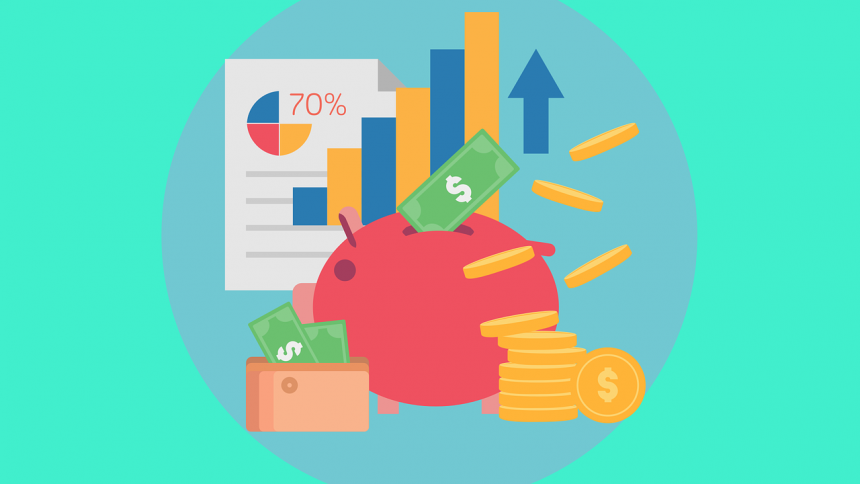
How to Get Working Capital as a Small Business
How to Get Working Capital as a Small Business
Starting a small business requires money--more than most people realize. Solid financial planning lays the groundwork for success by identifying goals, laying out a plan to accomplish them, and allocating resources to see it through (including working capital).
Of course, working capital is cash that fuels operating expenses like payroll and inventory. Businesses with little or no working capital can't afford to take time out for planning because they have no means of paying employees or covering their cash-flow needs--the bills are just too big.
1) Funding the startup
The first step in financial planning is identifying expectations, whether it's raising enough money to open a restaurant or launching an online venture that requires little in the way of operating costs.
2) Paying off debt and setting up a budget
Once expectations are identified, financial planners can help their clients devise plans to meet them, such as targeting specific sources for startup capital. For example, look for investors in your industry (friends and family), small-business grants from nonprofits or government agencies, loans from banks or other financial institutions, and even credit card advances.
3) Expanding the business
Businesses that have already launched can look to their own sales achievements for working capital. So after opening its doors, a restaurant could offer customers financing at the checkout counter to increase sales--and also take advantage of economies of scale by making bulk purchases for its kitchen.
4) Assessing cash flow needs
Once you have a general understanding of how much money you'll need, it's time to start thinking in more detail about the timing and nature of your funding needs. For example, does your business have seasonal expenses? If so, you should estimate how much cash you'll need during each season and whether you can finance it internally through a line of credit or a short-term loan.
5) Choosing the right funding source
Each path to working capital--investors, loans or credit lines--has its pros and cons. For example, personal guarantees from owners are common in bank loan, but if you can't repay the loan, assets like your home may be at risk. On the other hand, once it's paid off, a revolving credit line from a bank offers relatively low-cost access to cash.
6) Balancing needs and wants
In the end, working capital concerns are usually about finding the right mix of available cash and cost. The best solution is one that meets your business needs and financial means.
7) Using working capital to fuel growth
If you do opt for a loan, be sure to structure it so there's enough money left over to cover expenses as they come due--otherwise, you could soon end up in a situation where you're unable to make your monthly debt payments.
8) Setting a budget for working capital
Even if your capital needs are modest--say, around $10,000--it's important to have a formal plan for how that money will be spent and when it will come due. Setting realistic expectations at the beginning of the process will keep everyone on the same page.
9) A cash cushion for emergencies
If your business is anything like most small-business owners, you probably have a limited amount of discretionary income. That means it's essential to have a healthy reserve in place so that unexpected expenses don't spiral out of control--or threaten you business's stability.
10) Setting up a budget
It's easier to identify sources of funding when you have a clear idea of where it will be spent. If you plan to use working capital for payroll, then you should focus on creating a detailed budget that shows estimated revenues and expenses at different levels of sales. Be sure to include information about potential expenses, such as the cost of health insurance, minimum wage increases and benefits for employees.
11) Structuring an unsecured loan
For many small-business owners, borrowing money can be challenging because they lack traditional collateral. But it is possible to secure a business loan through the SBA by using the business's accounts receivable (money owed) to act as collateral. That means you'll need to find a creditor willing to lend against your account receivables, which may be easier than finding another lender open to providing unsecured loans.
12) Securing funds for operational expenses
If you're able establish that an SBA loan is the best option, then you'll likely be required to use a portion of it for day-to-day expenses. So if you are using 100% of your business's revenue for operational costs, you may need to explore other options.
13) Structuring a revolving line of credit
A revolving line of credit is a low-cost way to borrow money, as there's no collateral required and interest rates are generally less than those on a standard business loan. However, if you fail to maintain a minimum balance in your account--which should be at least three times the amount of the outstanding debt--you'll have to pay penalties that will increase the interest rate.
14) Negotiating a payback period
One of the biggest benefits of borrowing from an SBA loan is that there are no prepayment penalties, meaning you can repay your debts early without incurring additional fees. However, depending on how much money you borrow and for what purpose, it may be beneficial to negotiate a shorter payback period before the due date.
15) Final Thoughts Working capital is often one of the most expensive and confusing financial concerns for small-business owners. But if you understand how it works--and your options--you can make smart decisions that ensure you're borrowing responsibly and not overextending yourself financially.
In Canada people are not that aware of how to use working capital. When they are having a big project, for example with machines or cars, most business owners will try using their own credit cards to purchase the product even though it is possible to get working capital loan from outside sources with no collateral needed. This way they can save on interest rates and make good deals. The problem with this is that then people cannot get a credit card again and it becomes harder for them to get working capital in the future.
This can be very important if they have big projects coming up because investing in equipment from outside sources is also great but sometimes not possible. Since there's no collateral needed it's still always a good idea to try for working capital.
The term 'working capital' is a financial term used to describe a company's current assets minus its current liabilities. These are the assets and liabilities which can be turned into cash within one year, without selling any major investments or receivables .





